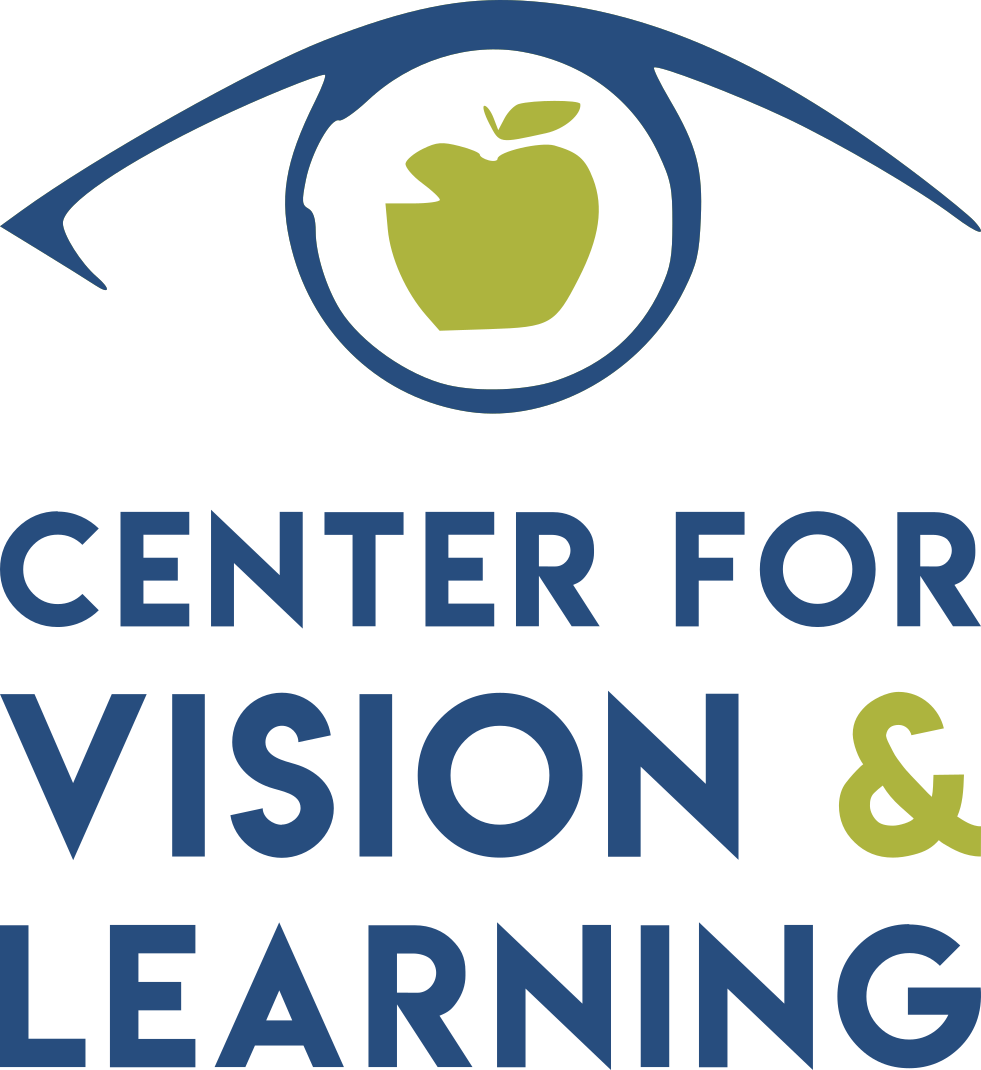The Center for Vision and Learning bought the new VR (virtual reality) software Vivid Vision about three months ago. I’m really excited about using this additional tool with vision therapy patients. This program offers a unique combination of VR games that motivate as well as technology that enables patients to work on using both eyes together as a team, resulting in improved vision.
Vivid Vision is designed to help amblyopia, strabismus, and vergence disorders. Amblyopia is a condition when the vision in one eye is reduced because the eye and the brain are not working together properly. It is commonly called “lazy eye.” Strabismus is an eye turn, either inward or outward. Vergence disorder is when both eyes are not able to work together as a team.
Vision therapy is a progressive sequence of brain-based activities that guide the visual system into a more efficient pattern. Each patient receives an individually-prescribed regimen, based on his or her symptoms and needs. Vision therapists work with patients, coaching them as they progress through various activities.
I’ve been a vision therapist at CVL for 6 years. As a vision therapist, I’ve noticed a couple of things: some of my patients now look forward to their VT sessions (not to work with me, so much as to play Vivid Vision VR games), and they’ve been making greater progress more quickly.
One of my patients, somewhat resistant to working on home vision therapy, brought in a new birthday present: an Oculus Go VR headset. Max wanted to get it set up so he could start playing the Vivid Vision games at home that he played in the office. Motivated patients progress much more quickly!
I’m working with girl named Anna, who has been diagnosed with amblyopia. Sometimes, she doesn’t use her right eye. Typically, in order to use both eyes, she needs to dance around, stomp a foot, tap her head, or touch the object she is viewing through her red/green glasses to get her brain to wake up to register what her right eye sees. It can be exhausting work to do the activities we ask them to do. Many kids are great at compensating: they memorize very quickly; they sneak a peek under or over the lens filters I ask them to wear. They tell me what they think I want to hear.
However, once she is inside the VR world of Vivid Vision, she is able to see the targets in the games. No tapping. No dancing. No stomping. Just playing. And if she were to have a tough time using her right eye, Vivid Vision provides a few tricks I can keep up my sleeves: tweaking some settings, I can help her brain to use both eyes.
Vivid Vision also works on seeing 3D, or depth perception. Vivid Vision starts with presenting images that are more than 10 times easier for sensing depth than the tools I usually use in the therapy room. In the short time that we’ve had Vivid Vision, I’ve noticed patients’ depth perception improve markedly. And the rate of progress is faster than using only the traditional tools available in the therapy room.
Don’t get me wrong: vision therapy is still hard work. But Vivid Vision is helping motivate kids to do the hard work, is precipitating faster progress, and we are seeing discernable differences. That’s exciting!
Karla Svoboda, vision therapist
